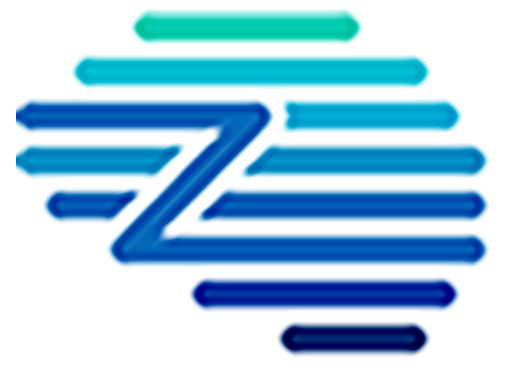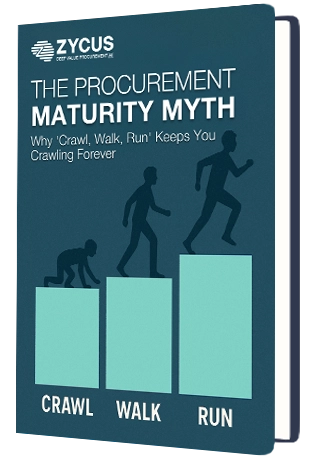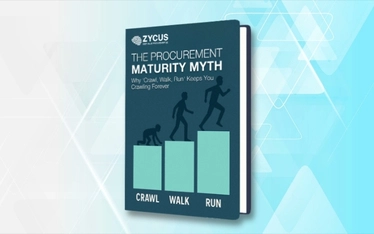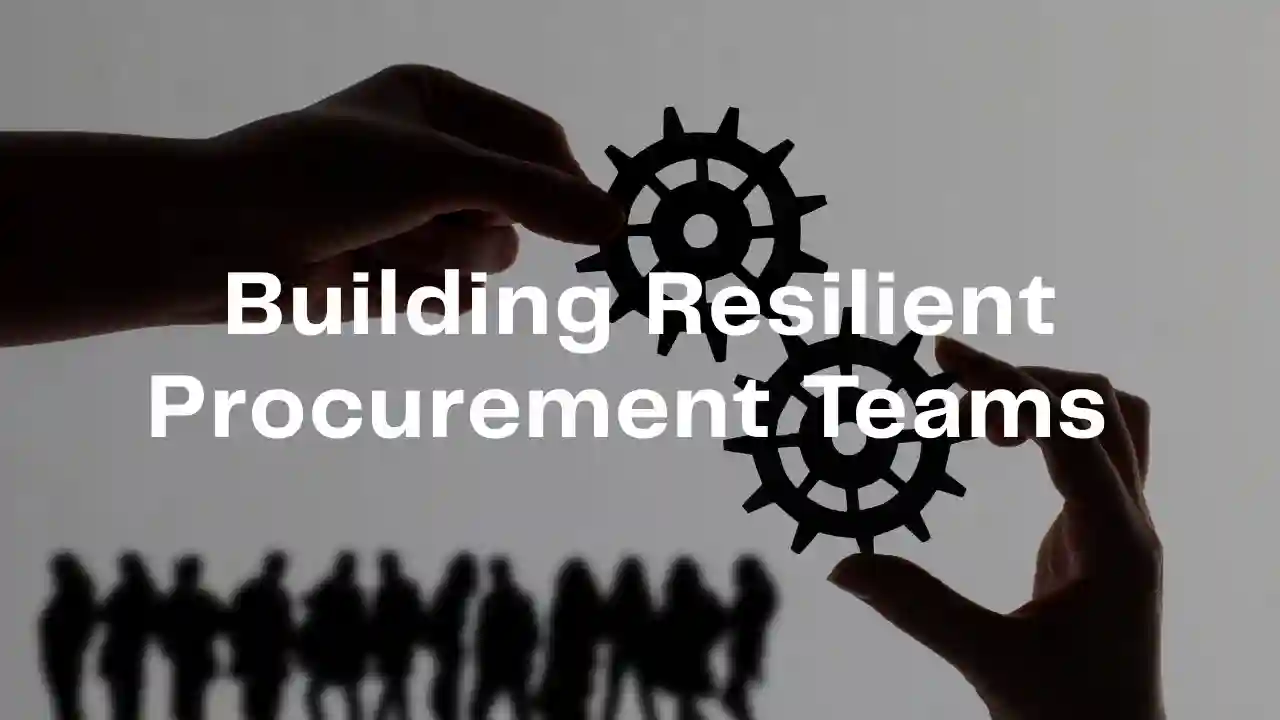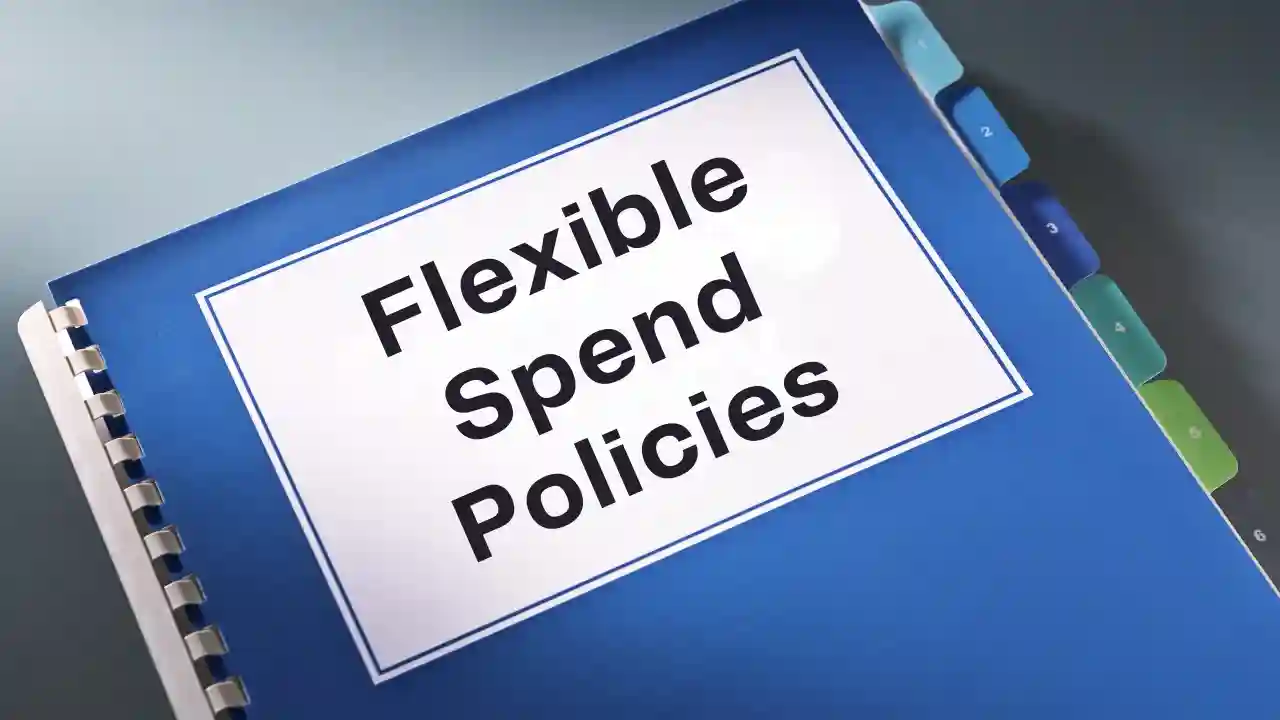The 3 Rs of riding out of the recession storm
Research over the past few decades shows that companies need to achieve a good balance between
Reviewing and rewiring costs structures in the short- & near-term
Continuing to invest to secure longer-term growth to do well after a recession
In a post-pandemic world of work from anywhere, the great resignation & the concurrent rise of the gig economy, and the rapid digitization & cloud adoption,
Focus on ‘redefining work’ will be equally important in the ensuing recession
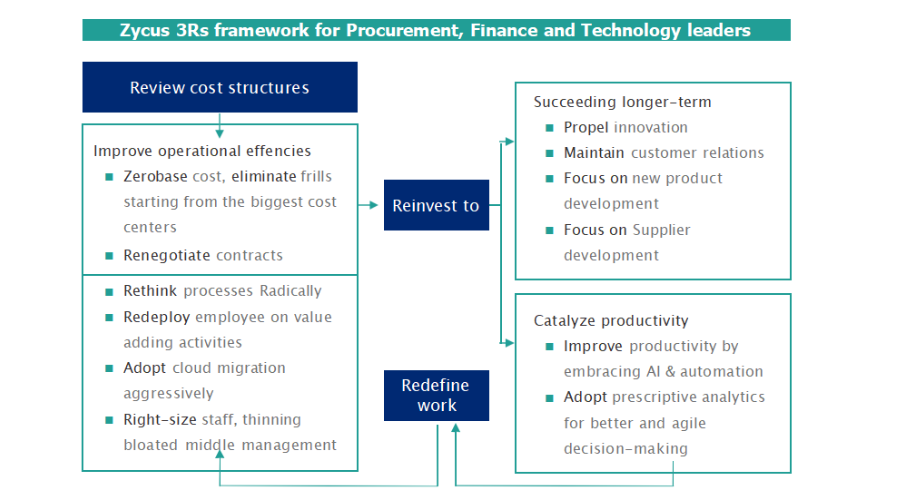
1. Review & rewire cost structures
In good times, operating leverage (ratio of fixed and variable costs) can supercharge profit growth. However, in times of growth, new costs and expenses also tend to creep in, and over time, these costs harden and morph into fixed cost structures.
In troubling times, high operating leverage comes back to bite, crushing profits.
Hence, cost structures must be reviewed and rewired periodically, particularly ahead of a recession when there is pressure on incremental sales and profitability.
Cost management should be predicated predominantly on improving operational efficiencies
1.1. Identify cost heads that can be eliminated, reduced, or repurposed.
- Eliminate non-essential spend
Start with the most significant cost heads. Drill each cost head down to the level 4 or level 5 subcategory. You must apply cost management strategies at Level 3 or 4 or Level 5 for it to be effective, as you may have a different approach for each sub-level.
e.g., Most organizations use a spend analysis solution to identify savings opportunities & find payment term deferral. Delaying non-essential and indirect purchases at the granular level like office supplies, laptop upgrades etc. can result in substantial savings.
- Reduce maverick spend
Closely review the costs under any category labeled ‘Miscellaneous’ or ‘Others,’ as these often present the most significant opportunities for cost optimization.
e.g., A thorough review of all the evergreen contracts and termination of auto-renewals can save a lot of hard dollars.
- Repurpose skills & redeploy resources
Leverage changing employment dynamics by reshaping roles, where possible, to facilitate remote work, and take advantage of the gig economy to get quality talent in exchange for a relatively insignificant capital outlay. Research also shows layoffs in times of recession provide very short-term relief, but leaves organizations in short shrift when they try & ramp up/pivot operations, in pursuit of growth.
Instead, redeployment can help organizations shift talent from low-demand or low-volume work to high-demand areas of the business.
If there does arise a need for layoffs, the focus can be on thinning the bloated middle management that doesn’t contribute enough value to the bottom line.
1.2. Renegotiate vendor contracts
Engage with your vendors and suppliers to work through the contract review process with a win-win mindset.
E.g., you may offer your vendor partner higher business volumes (through consolidation) in exchange for better price or payment terms
You may provide better demand visibility to the vendor partner
Improve the payment terms for your critical suppliers rather than tightening control, as your ability to manage working capital in a recession would be far better than your smaller suppliers
Review your ‘Supplier Risk and Performance Management solution to prioritize renegotiations with suppliers whose performance has been below par
Your Contract Lifecycle Management tool should help you identify clauses leading to rebates and volume discounts you should enforce
While these opportunities are often overlooked during growth cycles, these can quickly help you save 6-10% on the total cost base –
Where possible, consolidate spending with fewer vendors, consolidate categories of products and services and demand bulk-buying discounts
Run fresh RFPs (Request for Proposals) using eSourcing technology for all material spend categories to drive 5-10% cost savings across categories. Best-in-class organizations also conduct ‘reverse auctions’ for comparative bidding to ensure minimum supplier cost
Create a sufficient supply buffer to factor in supplier shutdowns, and monitor supplier risks (financial, operational, geographical etc.) using dashboards that fetch real-time updates, leveraging AI (Artificial Intelligence) technology
1.3. Contract compliance
Tighten the enforcement of contract compliance and aim to reduce maverick spending to zero. Check if your Source to Pay suite offers contract-lock functionalities, which enables contract terms to seamlessly flow into the eProcurement system, automatically ensuring compliance.
When implementing cost management initiatives, it is critical to communicate the strategic intent with the leadership teams and the employees. Doing so will help generate better buy-in and participation and reduce heartburn.
2. Redefine work:
Recession demands higher agility in decision-making, particularly in the post-pandemic era; with hybrid work scenarios and talent crunch driven by great resignation and the rise of the gig economy, organizations will need to ‘redefine work.’
- 2.1 Automate manual and repetitive tasks to permanently reduce the cost of doing business
E.g., 3-way matching of invoices, or reviewing and responding to vendor email queries. Automating this can release 30-50% of the AP (Accounts Payable) team’s bandwidth. Instead of involving the AP FTEs (Full Time Equivalent) in such transactional & tactical activities, right-size the AP team and repurpose them for more strategic and value-adding activities.
- 2.2 Remove redundancies by streamlining approval hierarchies and suboptimal processes
E.g., AI-driven advanced analytics and process mining can provide prescriptions for improving key processes like PR (Purchase Requisition) to PO (Purchase Order), PO to Payments, etc. Doing so can help reduce the end-to-end process cycle time from a few weeks to a couple of days or even a few hours.
Radically challenge traditional workflows and processes
AI-powered internal chatbots for procurement functions to reduce the reliance on manual query and approval processes
An AI-enabled Contract Life Cycle Management solution can assist the legal teams with reviewing and authoring contracts, thereby reducing contracting turnaround times from weeks to a few days while also ensuring higher compliance with corporate guidelines.
3. Reinvest
Redefining work will require investment in technology. As counterintuitive as it sounds, a recession is an opportune time to invest in technology upgrades and future-proofing your tech stack-related projects.
You could drive a better bargain with technology solutions providers now. Also, the opportunity costs of undertaking a transformation project are lower during a recession than during an economic boom.
Achieving Excellence: The Hackett Group’s Story with Zycus Generative AI
Witness The Hackett Group’s journey toward achieving excellence in procurement. This video highlights their strategic use of Zycus Generative AI to overcome obstacles and set new benchmarks in the industry.See Their Journey – Click to Watch!
What kind of technology investments should you prioritize during a recession?
Technology that delivers improved analytics and insights to help management better understand the business and areas of operational improvements. It would be best to prioritize implementing Cognitive Analytics in this regard.
Technology that helps cut costs – AI and intelligent automation. Such projects can be largely self-funded based on hard and soft dollar savings. Accounts Payables Invoice Automation is a classic example – a good AI-powered solution can reduce AP FTE (Full Time Equivalent) requirements by up to 50%.
Now that we have a strong framework to build a strategy around, let’s look at some successful digital transformation stories right from Zycus’ archives in Part 3.
Read on to also discover some additional strategies that CPOs can help support, to drive organizational growth.

